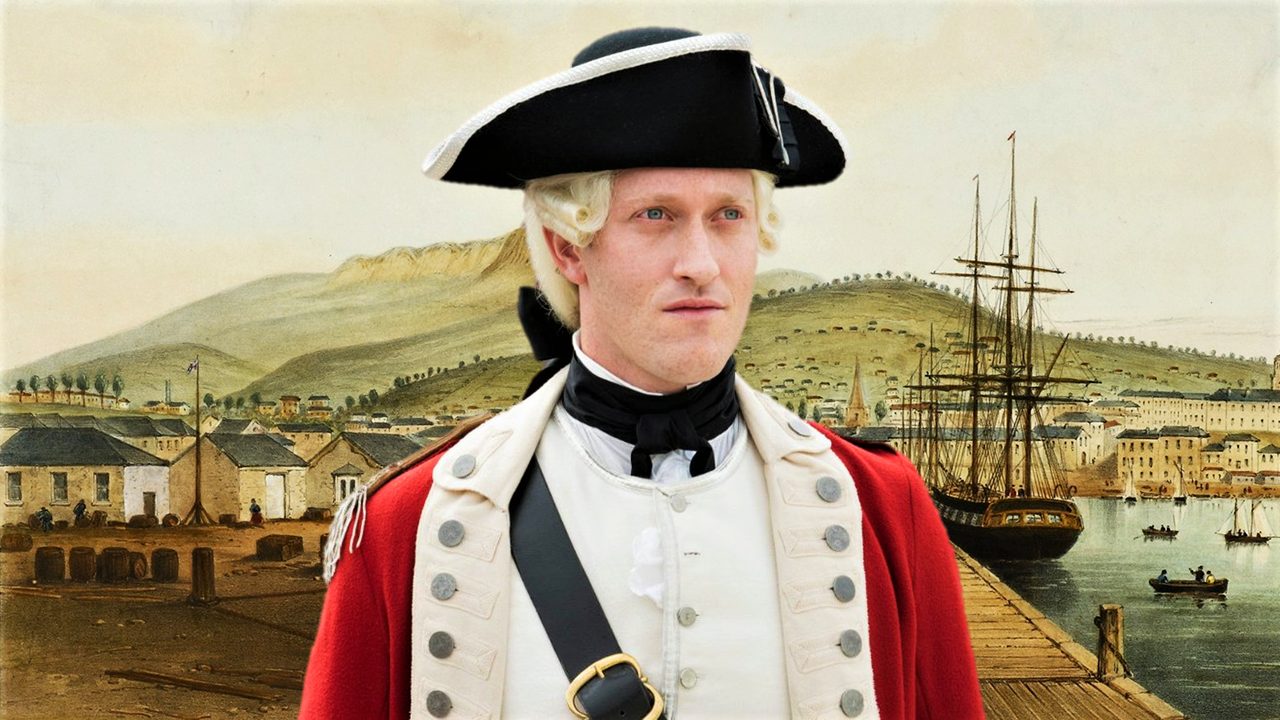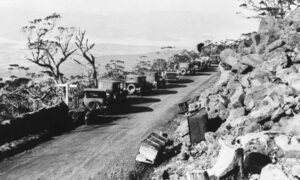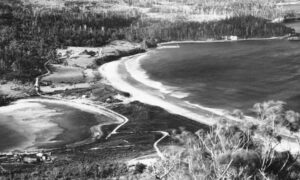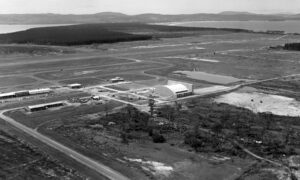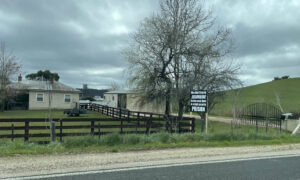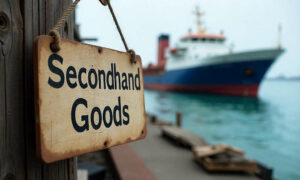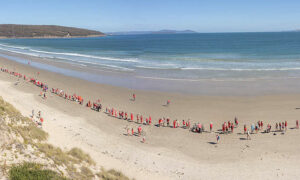This article is simply a historical account of general facts of the presence of the British Army. The Tasmanian Times recognises that the crimes of the Black Wars were not well-documented, and that they are an important part of the history of lutruwita.
A year after Van Diemen’s Land was colonised, there were fifty British Army personnel on the island. This number kept increasing until it peaked at approximately 2,000 in 1845. The last British regiment was withdrawn from Australia in 1870.
The main job of a British soldier in Van Diemen’s Land was to help local policemen maintain law and order. He would guard convicts, track down bushrangers, and suppress armed resistance from Aboriginals. He would also carry out ceremonial duties when required.
Pay
The pay of a British soldier in Van Diemen’s Land was six pence a day. He wasn’t paid in cash, though, because hard currency was in short supply. Instead, he was be given ‘commissariat notes’. He was entitled to receive a cash reward if he caught an escaped convict or bushranger, however.
Rations
Army rations were small and would quickly run out, so soldiers often hunted animals for food. They would sometimes receive handouts from colonists.
Weapons
- Land Pattern Musket. British soldiers were issued with a Land Pattern Musket. To fire the gun, a soldier had to bite off the end of a cartridge and dispense gunpowder into the pan. He then had to pour the remaining powder into the barrel, insert a musket ball, and pack the empty paper cartridge into the bottom of the barrel. Though the Land Pattern Musket could be fired to a distance of 275 metres, it was only considered accurate to around ninety metres.
- Bayonet. A bayonet is a sharp dagger that can be fitted to the muzzle of a gun for close-range combat.
Clothes and equipment
- Red coat. This is what made British soldiers earn the nickname ‘redcoats’.
- Leather shoulder straps, used to carry equipment. A metal plate engraved with a soldier’s regiment number was attached to the straps.
- Trousers. Soldiers were issued with white duck trousers in summer and blue-grey ones in winter.
- Black leather boots and gaiters.
- Shako, tall cylindrical hats made out of felt and leather. They had a metal plate on the front and a coloured plume on top.
- Backpack. Soldiers carried backpacks that could carry anything from a greatcoat to shaving gear.
- Haversack, used to carry rations.
- Cartridge box, designed and made to hold ammunition cartridges, spare flints, and tools for fixing a musket.
- Canteen. Soldiers were issued with wooden canteens that were carried on a leather strap.

The funeral of a British soldier as depicted in the 2015 television series, Banished.
Punishment
Soldiers who deserted would be given up to 300 lashes or get sentenced to transportation. Other offences would result in the loss of rations, a fine, hard labour, or execution.
Anglesea Barracks
Lachlan Macquarie, the Governor of New South Wales from 1810 to 1821, declared in 1811 that a hill to the south-west of Hobart Town would be the site for a formal soldiers’ barracks.
Built in 1814, these barracks – named the Anglesea Barracks – consisted of quarters for soldiers and officers, a courtyard, and a hospital.
It is the oldest Australian army barracks still in use today.
Bibliography
- ‘Australian colonial forces and family history’ (State Library Victoria).
- Banished (2015), television series, British Broadcasting Corporation, United Kingdom and Australia, 5 March to 16 April.
- Barnard, Simon (2014), A-Z of Convicts in Van Diemen’s Land, Text Publishing Company, Victoria.
- Kuring, Ian (2004), Redcoats to Cams: A History of Australian Infantry 1788–2001, Australian Military History Publications, New South Wales.
- McMahon, J.F. (1995), ‘The British army and the counter-insurgency campaign in Van Diemen’s Land with particular reference to the black line’, Coursework Master thesis, University of Tasmania.
- ‘Military Pensioners’ (The Companion to Tasmanian History).
- Odgers, George (1988), Army Australia: An Illustrated History, Child & Associates, New South Wales.
- ‘Profiles of soldiers who settled in Tasmania’ (Irene Schaffer’s Website).
- Stanley, Peter (1986), The Remote Garrison: The British Army in Australia, Kangaroo Press, New South Wales.

